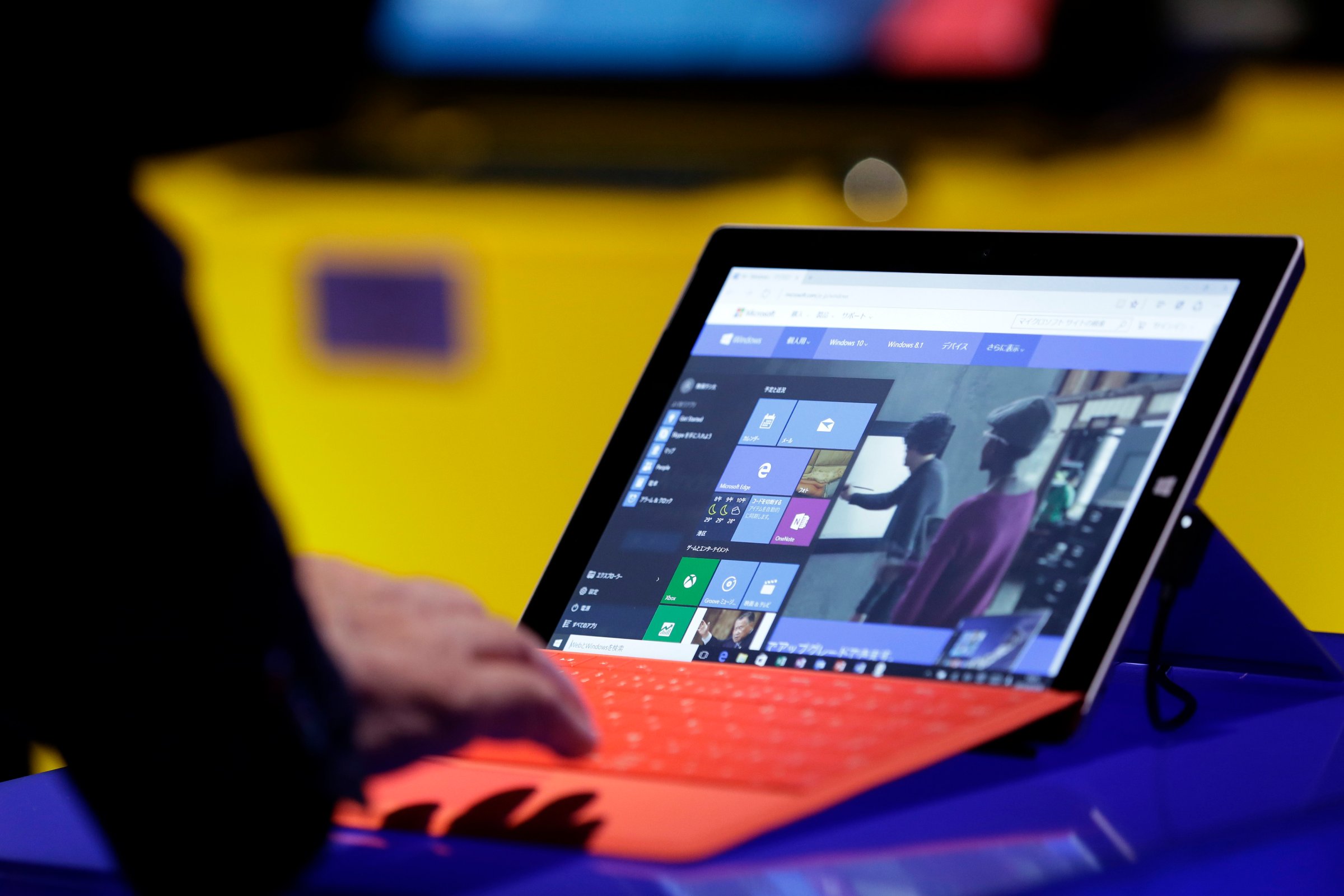
User profiles are nothing new to Windows users. Microsoft has supported them as far back as Windows 95. But the recently released Windows 10 can store much more than just your profile — it can memorize your face, too. Known as Windows Hello, the new feature makes logging into your PC easier than ever.
Technically a method of biometric authentication, Windows Hello utilizes advanced hardware like fingerprint scanners, specialized front-facing cameras, and (soon) iris scanners to recognize users and log them into their user profiles. Special cameras help Hello tell the difference between an actual user and a picture of that user. I put Hello to the test on the new Microsoft Surface Pro 4, which in addition to having a front-facing webcam also packs an infrared facial recognition sensor.
Setup is a breeze. The camera turns on, you look at the screen for around thirty seconds, and that’s it. The next time I peeled back my Surface’s keyboard cover and woke the screen, I was greeted with the shining red light of the infrared camera, a message that says “looking for you,” and an animated blinking eye, looking around. Every time I’ve logged in, it has taken less than five seconds for the system to recognize me.
I’ve logged on with glasses, as well as without them; wearing a hat, and sans head cover; in the sunshine and in a pitch black (minus the screen glow) room — each time, a flawless login. I did manage to stump Windows Hello one time, when I was wearing both glasses and a hat. But I can’t fault a system designed to make it easier to sign into a computer for failing to do so when I’m wearing a disguise. Still, even if the feature didn’t recognize me well, improving the system simply involves opening up the settings and staring into the camera for another thirty second stretch.
Similar to how Apple stores its Touch ID information on a secure chip in its iPhones, Microsoft says the personal info from Windows Hello users is encrypted, never leaving the device to which it’s registered. Describing the facial scans as a “representation,” the company says it doesn’t even store images of users’ likeness in its system, but rather details that look more like a graph.
Since there are so many variables associated with facial, iris, or fingerprint scans, biometric technology is more secure than a conventional password. And though it can be used to unlock applications, files, and even online passwords, Microsoft says the Windows Hello data is not shared with third party sources.
But if you get gun-shy, you don’t have to use the new login technique — it’s not a requirement of Windows 10. And deleting the information is nearly easy as adding it. Just type in Windows Hello settings into Cortana search field and tap “remove.” And just like that, you’re gone without a trace.
One caveat: Only computers with the right hardware will support Windows Hello. Some business laptops pack scanners that allow for fingerprint access, but not facial recognition. A handful of machines, meanwhile, are equipped with Intel RealSense cameras that will allow for face-based access. Check out a list here.
More Must-Reads from TIME
- Inside Elon Musk’s War on Washington
- Meet the 2025 Women of the Year
- The Harsh Truth About Disability Inclusion
- Why Do More Young Adults Have Cancer?
- Colman Domingo Leads With Radical Love
- How to Get Better at Doing Things Alone
- Cecily Strong on Goober the Clown
- Column: The Rise of America’s Broligarchy
Contact us at letters@time.com